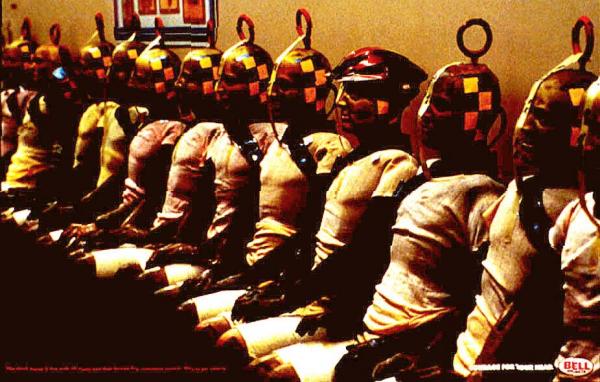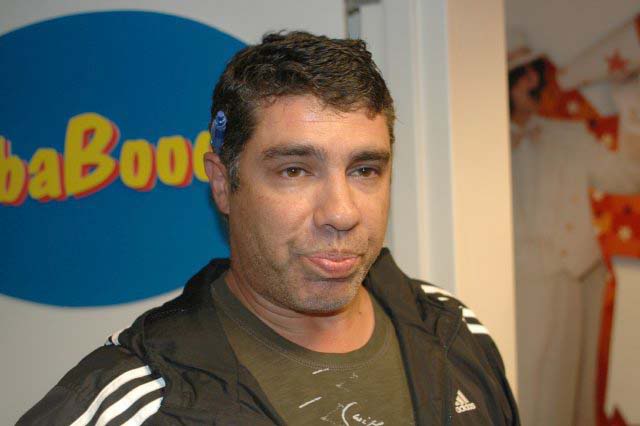A couple of weeks ago, I posted a piece from Evan R. Goldstein’s Chronicle article about “offshoring” human brains into robot receptacles, effectively immortalizing not only human intelligence but individual personalities as well. It’s a process far beyond cryonics. Ray Kurzweil illuminates the topic further in his blog post “The Strange Neuroscience Of Immortality.” An excerpt about neuroscientist Kenneth Hayworth:
“Before becoming ‘very sick or very old,’ he’ll opt for an ‘early ‘retirement’ to the future,’ he writes. There will be a send-off party with friends and family, followed by a trip to the hospital. After Hayworth is placed under anesthesia, a cocktail of toxic chemicals will be perfused through his still-functioning vascular system, fixing every protein and lipid in his brain into place, preventing decay, and killing him instantly.
Then he will be injected with heavy-metal staining solutions to make his cell membranes visible under a microscope. All of the water will then be drained from his brain and spinal cord, replaced by pure plastic resin.
Every neuron and synapse in his central nervous system will be protected down to the nanometer level, Hayworth says, ‘the most perfectly preserved fossil imaginable.’
Using a ultramicrotome (like one developed by Hayworth, with a grant by the McKnight Endowment Fund for Neuroscience), his plastic-embedded preserved brain will eventually be cut into strips, and then imaged in an electron microscope. The physical brain will be destroyed, but in its place will be a precise map of his connectome.
In 100 years or so, Hayworth says, scientists will be able to determine the function of each neuron and synapse and build a computer simulation of the mind. And because the plastination process will have preserved his spinal nerves, the computer-generated mind can be connected to a robot body.”
••••••••••
Howard Stern investigates cryonics and the fate of Ted Williams’ frozen head:
Tags: Baba Booey, Evan R. Goldstein, Howard Stern, Ray Kurzweil


